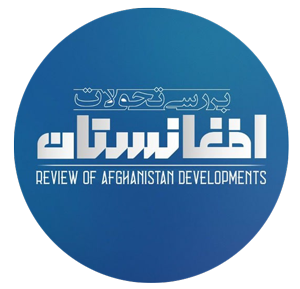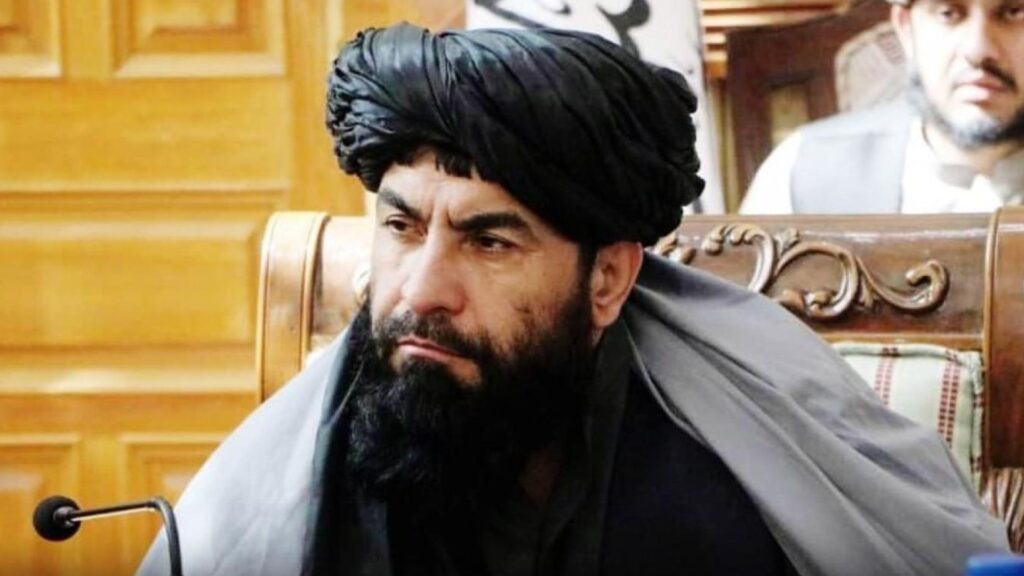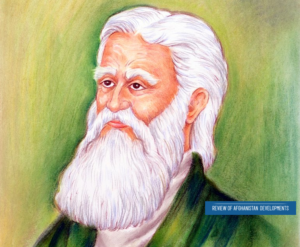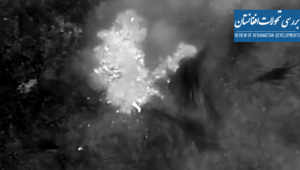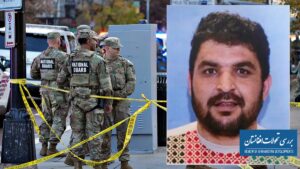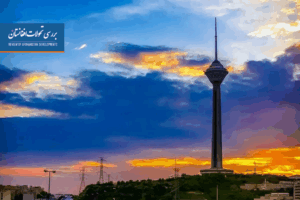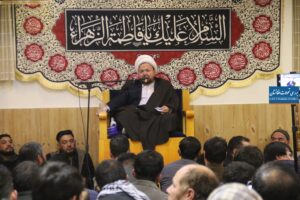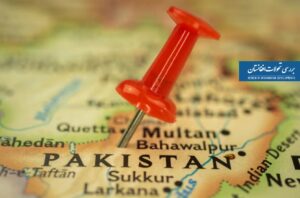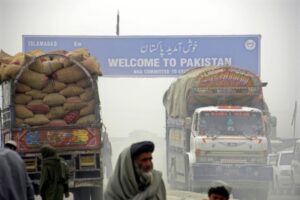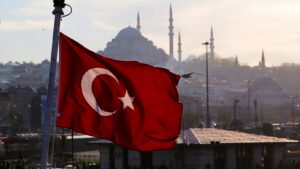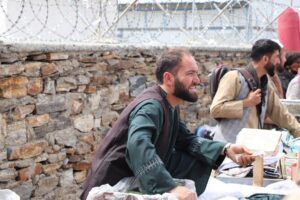Review of Afghanistan developments
Yousuf Wafa, the Balkh governor in the Taliban government, traveled to Dushanbe, the capital of Tajikistan, following an official invitation from the Tajik authorities. During his visit, he engaged with security and intelligence officials in Dushanbe. This marks the first time in four years since the Taliban assumed power in Afghanistan that a high-ranking official like the Balkh governor from the Taliban government has visited Tajikistan. This visit follows multiple trips made by Saimumin Yatimov, the head of the National Security Committee of Tajikistan, to Kabul. These visits clearly suggest that Dushanbe has shifted from a previously adversarial stance to one of engagement with the Taliban government.
One may inquire in this context why Tajikistan chose to invite the Balkh governor for discussions rather than a senior official from Kabul. What underlying vision and strategy inform this decision regarding Dushanbe’s engagement with the Taliban government? There are several factors to consider in this matter, the most significant of which will be elaborated upon.
Tajikistan’s shrewd policy: choosing the Balkh governor as a guest
Despite various political, security, and economic pressures compelling Tajikistan to interact with the Taliban government, Dushanbe’s invitation to the Balkh governor as a local official indicates its desire to prevent its engagement from being perceived as similar to that of other nations with Kabul, thereby avoiding any implication of de facto recognition. Indeed, through this strategic maneuver, Tajikistan has facilitated communication with the Taliban government via a local channel while demonstrating a prudent approach.
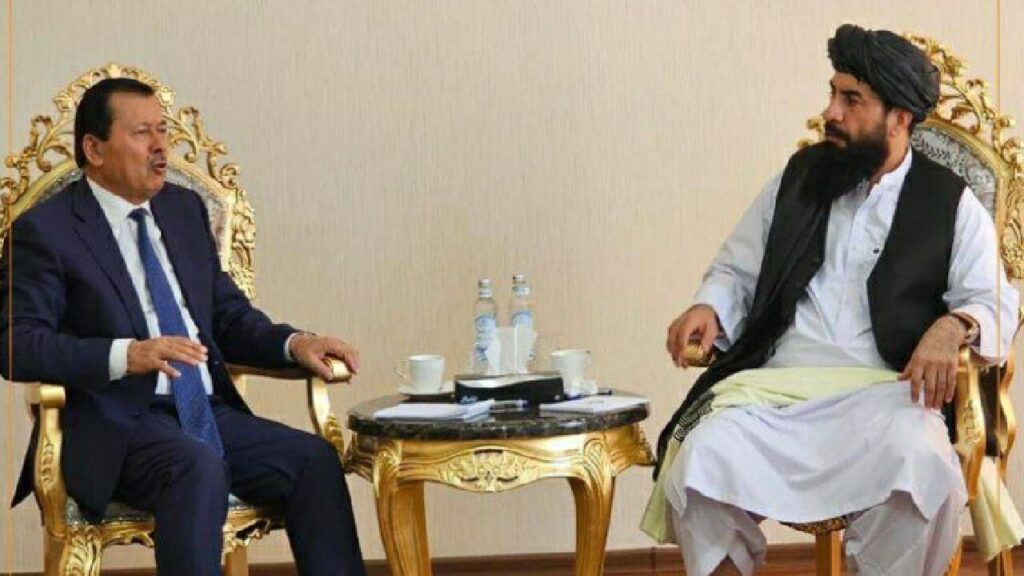
A strategy of hitting two targets with one arrow
According to the principles of Para diplomacy, it is common for a local official to visit a neighboring country. Numerous examples of this have been observed over the past four years, including the trips made by governors of Iran’s border provinces to Herat province, followed by the visits of the governors of Herat and Farah to Iran. However, these trips are primarily defined at the level of inter-provincial contact to address technical issues in the economic sectors. The visit of the Balkh governor to the capital of Tajikistan involved discussions with the national officials of that country, which is an unusual occurrence.
The presence of the Balkh governor in Dushanbe can be analyzed from two perspectives; the first aspect is that Dushanbe, by appointing Yousuf Wafa as the plenipotentiary representative of the Taliban leader in northern Afghanistan, circumvented the diplomatic channels established in Kabul and established a direct communication line with the Taliban leader. The second aspect is that Tajik officials will cleverly justify the Balkh governor’s visit to Dushanbe as a routine trip solely for discussions regarding local issues. In other words, Dushanbe not only established a strong communication channel at the leadership level of the Taliban through the Balkh governor but also sought to minimize the political and media costs associated with this matter.
Assessment of the capacity of the opposing party
From another perspective, the appointment of the Balkh governor as the primary representative of the Taliban government in northern Afghanistan aims to assess the extent of Dushanbe’s acceptance of its demands from the Taliban regime. In this regard, Dushanbe has not acted hastily; it has initiated negotiations with the Taliban government and presented its demands through the Balkh governor, who is closely associated with the Taliban leader. With this action, Tajikistan seeks, firstly, to evaluate the response to its demands from the Taliban government, and secondly, by placing the ball in the Taliban’s court, it has transferred the goodwill and subsequent initiative to the opposing side. The actions taken by the Taliban leaders will determine the next steps for Dushanbe.
Related Articles
Tajikistan’s Shift in foreign policy Towards the Taliban
Situation of Jamaat Ansarullah in Afghanistan
Conclusion
In general, Dushanbe pursues several overarching objectives with its cautious and measured approach towards the Taliban regime. Firstly, Dushanbe has not fully altered its perspective on the Taliban government and remains cautious; secondly, Tajikistan has demonstrated its unwillingness to initiate the level of engagement with the Taliban government in parallel with other countries, which could lead to disillusionment among the opposition groups based in that country.
Thirdly, the Tajik authorities established an unofficial channel for communication with the leadership of the Taliban government by selecting the governor of Balkh for a trip to Dushanbe, while simultaneously preventing any interpretation of establishing relations with the Taliban government. Ultimately, by taking this action, Dushanbe demonstrated that it is not rushing to establish official relations with the Taliban government and is beginning its engagement with the Taliban government at a very basic level.
Certainly, Tajikistan had conveyed encouraging signals to the Taliban government prior to this significant development. In recent months, there has been an absence of any indication of ongoing antagonistic stances or severe remarks in Emomali Rahmon’s addresses regarding the Taliban government. In the past, Rahmon had employed critical language towards the Taliban government in various speeches; however, there have been no reports of such rhetoric in the last year. A further positive indication was noted following the catastrophic earthquake in Afghanistan. In the aftermath of the earthquake in Kunar Province, Tajikistan extended the largest volume of humanitarian assistance to Afghanistan. This action can be viewed through the lens of humanitarian diplomacy and as a gesture of goodwill towards Kabul. Additionally, another positive signal was Rahmon’s address at the most recent session of the United Nations General Assembly, where he urged the international community to not hesitate in providing support to the Afghan populace.
